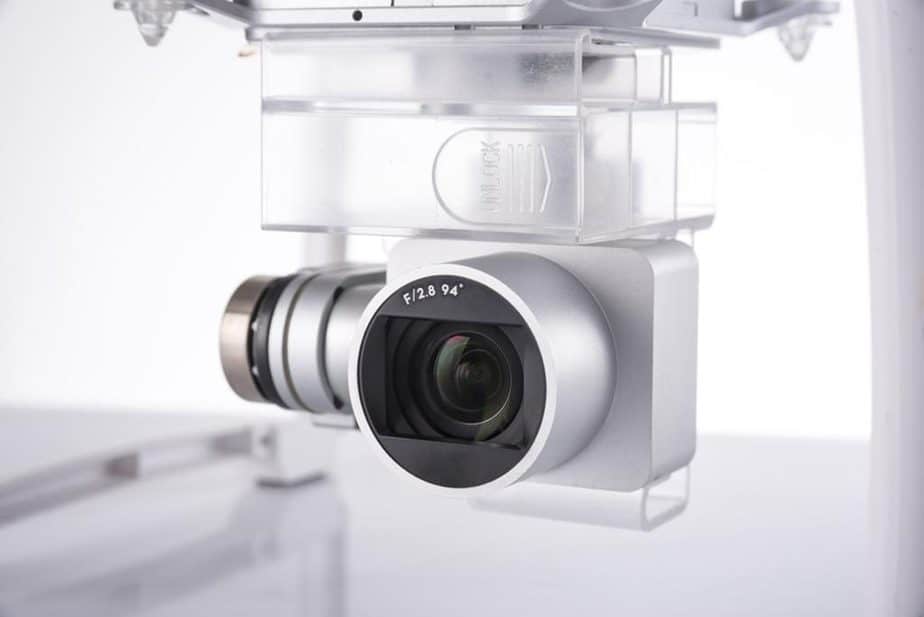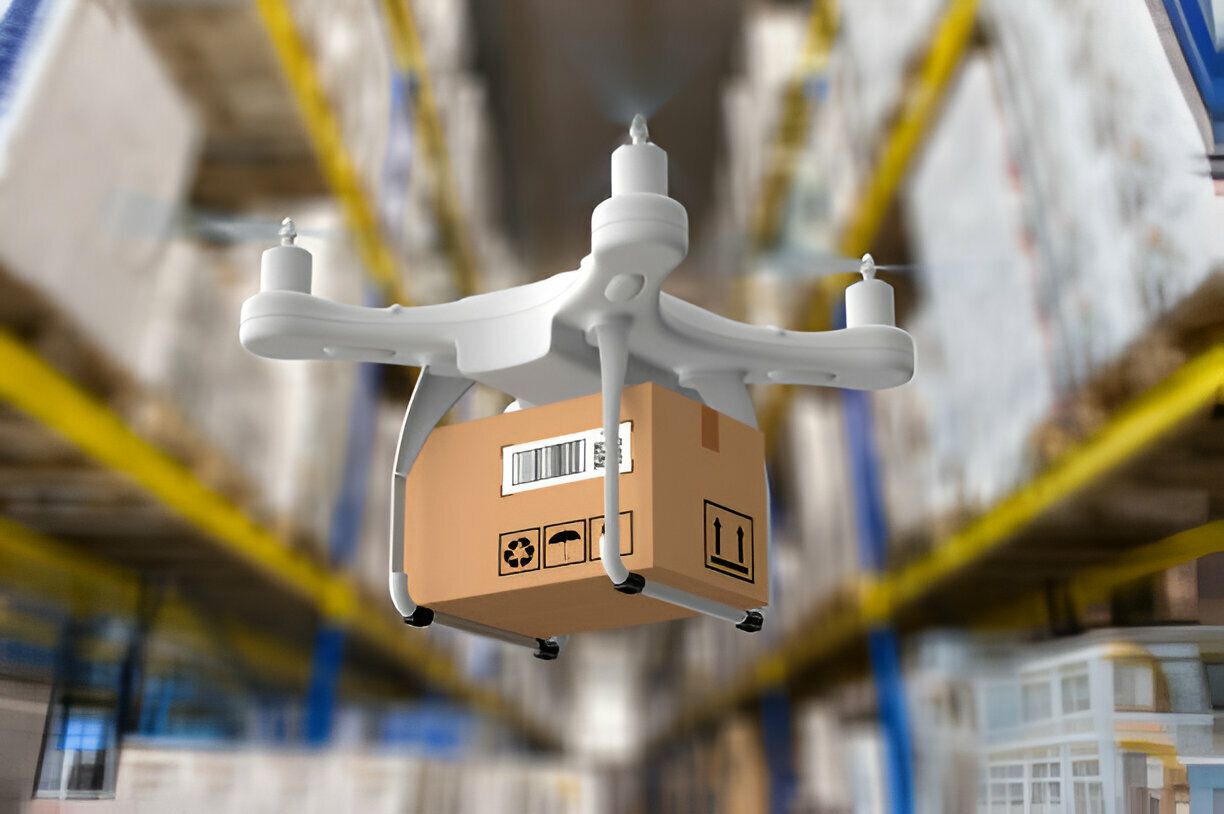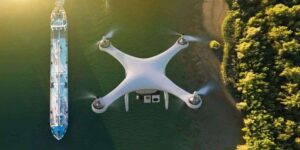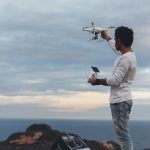My goal with this blog post is to provide my proven and comprehensive roadmap, helping you to eliminate the numerous show-stoppers I encountered over the years I spent becoming a commercial drone pilot. To be this specific about how things can be done, I had to zero in on a UAV platform that was both widely available and capable of consistent delivery of spectacular images and video.
The UAV commercial markets we will be discussing are, for the most part, best served by multi-rotor drones, and primarily by cost-effective quadcopters. Some long-range mapping projects may require higher-end fixed-wing UAVs, but you can cover more commercial aerial opportunities with a reliable quadcopter platform with all the necessary accessories and travel components.
1. The Technological Turning Points
In 2024, I began researching UAVs for future business prospects, since a real estate buddy of mine was “outlaw droning” his clients’ properties, and I was amazed at the quality of the video. He took me along on one of his shoots and let me fly his DJI Phantom 2 Vision, which was the model just before the Plus that did not have the 3-axis gimbal. Though the images were sharp, the video got shaky during turns and when it was buffeted by wind gusts. Shortly after that, he upgraded to the DJI Phantom 2 Vision Plus which included the gimbal and a higher resolution camera, delivering full 1080p HD video. Once I viewed that stabilized aerial video, I was convinced that it was the platform for my market research.
The second DJI feature that sold me was the “return home,” which enabled the safe return of the drone if the control signal was lost. I knew that was important, but I later learned that having an emergency retrieval capability was critical. Over the years, I have lost count of the number of times I have lost communication with my bird due to numerous factors, and it simply flew right back to me. Without that automatic return, I would not have invested the $1,300 in a flying camera.
2. DJI UAV Dynasty
DJI was started by Frank Wang in 2006 from his Hong Kong University dorm room. Over the years his perfectionism, reminiscent of Apple’s Steve Jobs, launched DJI to become the world’s largest UAV provider, holding 70 percent of the consumer drone market share by 2015 The DJI golden quadcopter line, the Phantom, started in 2013 with the Phantom 1. This was improved upon in less than a year with the Phantom 2 featuring a game-changing capability called the Intelligent Orientation Control (IOC), enabling the UAV to practically fly itself.
3. Hobby Shop Support
Making all these flying parts work consistently so you can make money monthly takes a good support organization. DJI has a strong network of authorized dealers and after-sales support vendors all over the world. As of mid-2015, there are nearly 20 storefront hobby shops in the US that can directly support you over the phone and repair your downed UAV at their store. I have been working with UAV Direct out of Austin, Texas, for more than a year now, asking numerous questions and getting great advice.
Nathan and Eric are top-notch drone techs and pilots offering training, sales, service, and parts for all DJI UAV platforms. US-based drone support outfits like this are critical to keeping your birds in the air and in good shape. They can also help train you in safe UAV operations and teach you how to get those beautiful aerial shots your future clients will be expecting. I have used online groups such as PhantomPilots.com for discussions focused on the DJI line of UAVs. I learned a ton of information browsing the site subject threads, which opened my eyes to the numerous capabilities my Phantom 2 Vision Plus had that I wasn’t aware of.
Nathan and Eric are top-notch drone techs and pilots offering training, sales, service, and parts for all DJI UAV platforms. US-based drone support outfits like this are critical to keeping your birds in the air and in good shape. They can also help train you in safe UAV operations and teach you how to get those beautiful aerial shots your future clients will be expecting. I have used online groups such as PhantomPilots.com for discussions focused on the DJI line of UAVs. I learned a ton of information browsing the site subject threads, which opened my eyes to the numerous capabilities my Phantom 2 Vision Plus had that I wasn’t aware of.

It was on this blog I learned about the other non-DJI-endorsed vendors out there that repair and/or replace broken gimbal/camera assemblies, since that is the most crash-vulnerable component to the whole Phantom 2 configuration. I know this because the first week I had my original Phantom 2 Vision Plus I was jacking around with a buddy, and I was in a rush to film him as he drove away down my rural 1,000-foot driveway. Not paying attention, I accidentally flew my brand new bird into a live oak tree, breaking the tender, small ribbon cable connecting the camera to the gimbal. I wanted to puke. After I chilled out with a couple of beers, I went onto Amazon.com and purchased a new camera/gimbal set for $699, and swapped it out when it arrived a couple of days later. Since then I’ve found other vendors that will fix a broken camera/gimbal combo for far less. It was a hard lesson learned, but those UAVs do exactly what you tell them to do. Be careful. Do not get rushed. Keep your head up and your eye on your bird. If you have UAV problems or need upgrades, the DJI support infrastructure is out there and ready to help you keep flying. If you are going to get into UAVs, you cannot go wrong with a DJI Phantom 2, Phantom 3 or 4 aerial platform.
With such a large market share, a proven track record in the air, spare part availability, and very good after-purchase support, you cannot go wrong starting your commercial aerial photography business with this line of UAVs.
In the next few months, we will welcome the great Phantom 5 coming soon.








